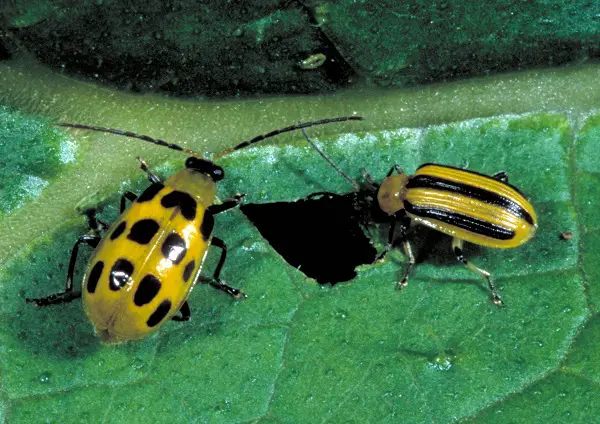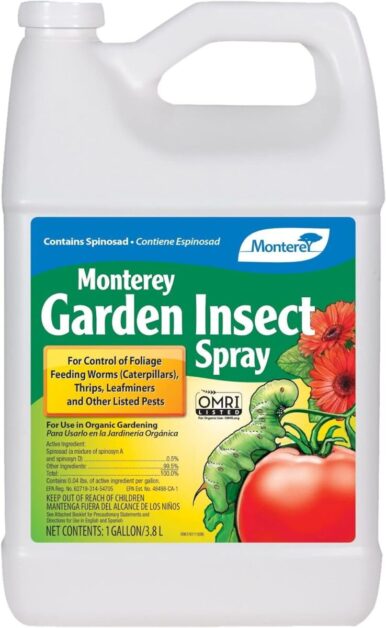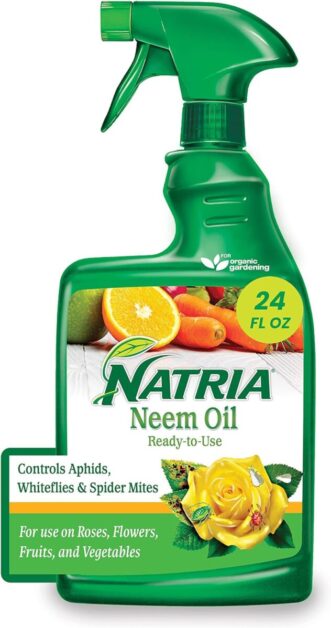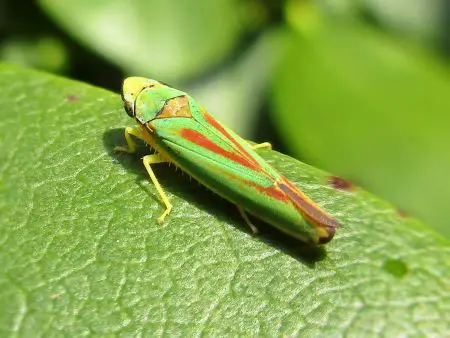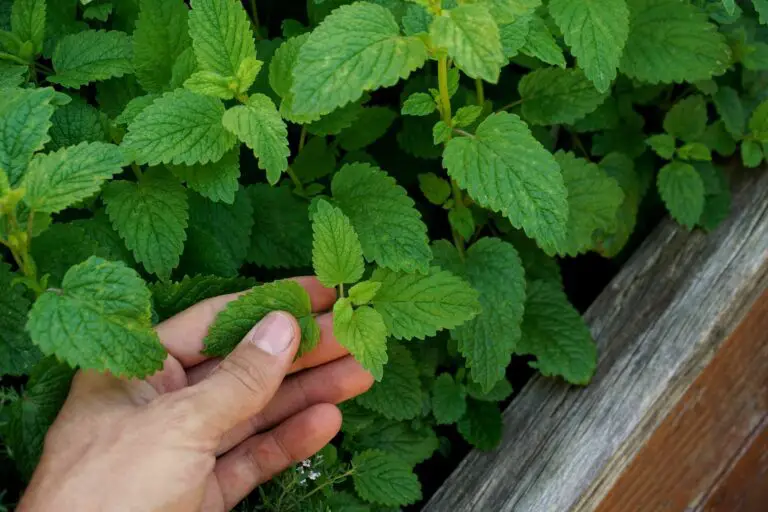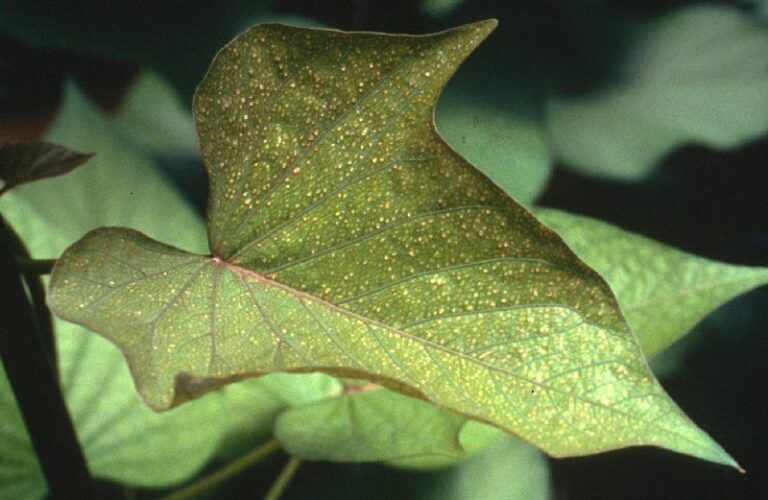Cucumber Beetle: Rid the Garden Of These Pests
Did you know that a tiny pest like the cucumber beetle can wreak havoc on your garden? These sneaky critters may be small, but they can cause big problems for your precious plants. From munching on leaves to spreading diseases, cucumber beetles are a gardener’s nightmare.
But fear not! With the right knowledge and strategies, you can rid your garden of these pesky pests and protect your green oasis. Join us as we dive into the world of cucumber beetle control, sharing expert tips and tricks to help you reclaim your garden. Say goodbye to cucumber beetle woes and hello to a thriving, pest-free paradise!
Table of Contents
Understanding the Cucumber Beetle: A Common Garden Pest
Let’s break down the key points about Cucumber Beetles and their impact on your garden:
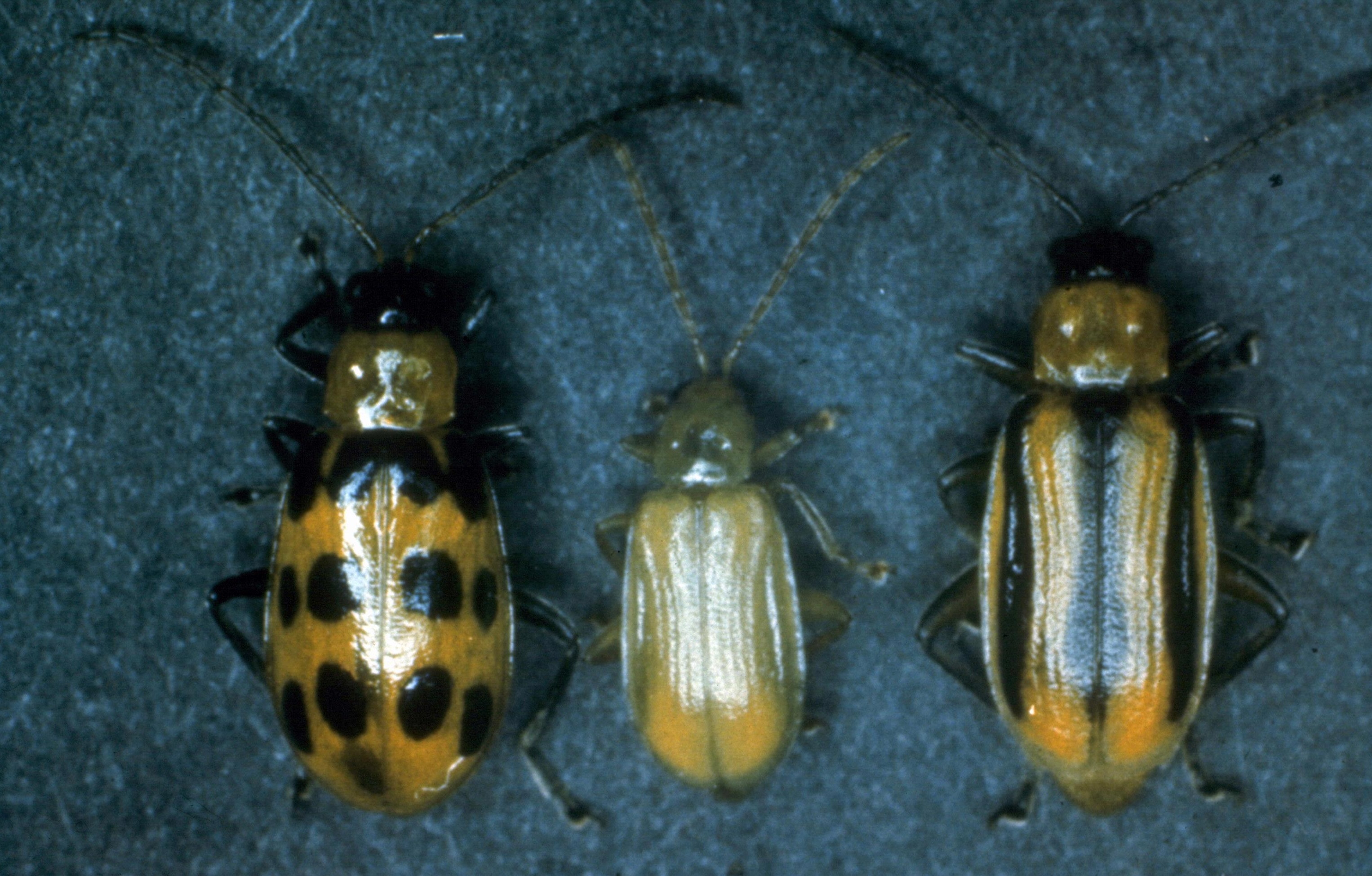
- Identification:
- Appearance: Vibrant yellow-green bodies with black spots or stripes.
- Wingspan: Approximately half an inch.
- Distinctive Look: Sets them apart from other garden pests.
- Feeding Habits:
- Damage: Feed on both foliage and fruit of cucurbit plants.
- Threat: Can significantly affect crop yield.
- Carriers: Transmit bacterial wilt and cucumber mosaic virus.
- Control Strategies:
- Understanding Behavior: Learn their patterns and habits.
- Effective Measures: Implement strategies to protect your crops.
- Vigilance: Regular monitoring and early intervention are crucial.
Remember, staying informed and proactive can help you combat these destructive pests effectively! 🌱🪲
Identifying Cucumber Beetles: Appearance and Behavior
Cucumber Beetles are a common garden pest that can wreak havoc on your plants if left unchecked. To effectively manage these pests, it is crucial to first be able to identify them based on their appearance and behavior.
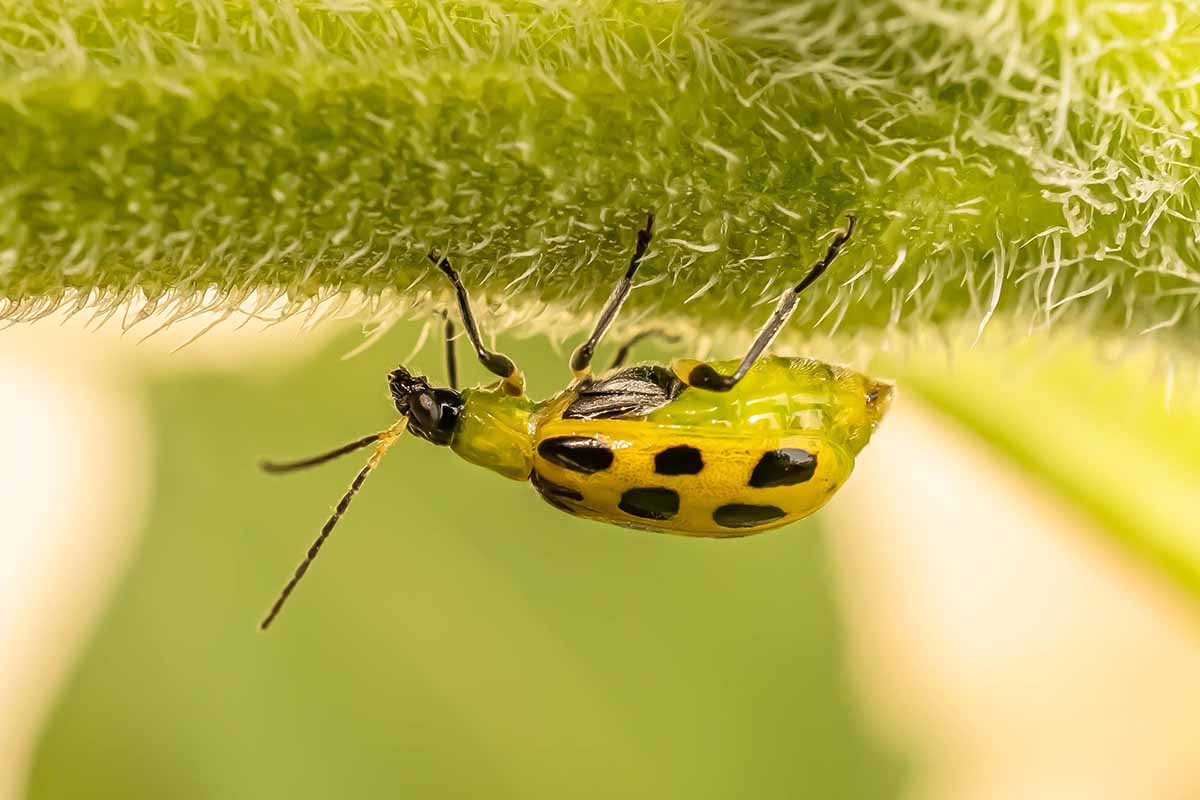
- Appearance:
- Variation: Color varies based on species and age.
- Common Types: Striped cucumber beetle and spotted cucumber beetle.
- Size: Measure between 1/4 to 1/2 inch in length.
- Distinctive Features:
- Striped: Yellowish-green with black stripes.
- Spotted: Bright yellow with black spots on their backs.
- Behavior:
- Activity: Particularly active during warm weather.
- Preferred Crops: Found around cucurbit crops (cucumbers, melons, squash, pumpkins).
- Feeding Habits: Damage leaves, flowers, and fruits.
- Disease Transmission: Can carry bacterial wilt, a harmful disease.
- Agility: Fast and agile; fly away when threatened.
- Preventive Measures:
- Early Detection: Regular monitoring is crucial.
- Timely Action: Implement control strategies promptly.
Remember, understanding cucumber beetles helps protect your garden! 🌱🪲
The Damage Inflicted by Cucumber Beetles on Your Garden
Cucumber beetles can cause significant damage to your garden, impacting the health and productivity of your plants. These pests not only feed on the foliage of cucumbers, but they also target other members of the cucurbit family, such as squash, melons, and pumpkins. Their voracious appetite can quickly lead to defoliation and stunted growth, reducing the overall yield of your crops.
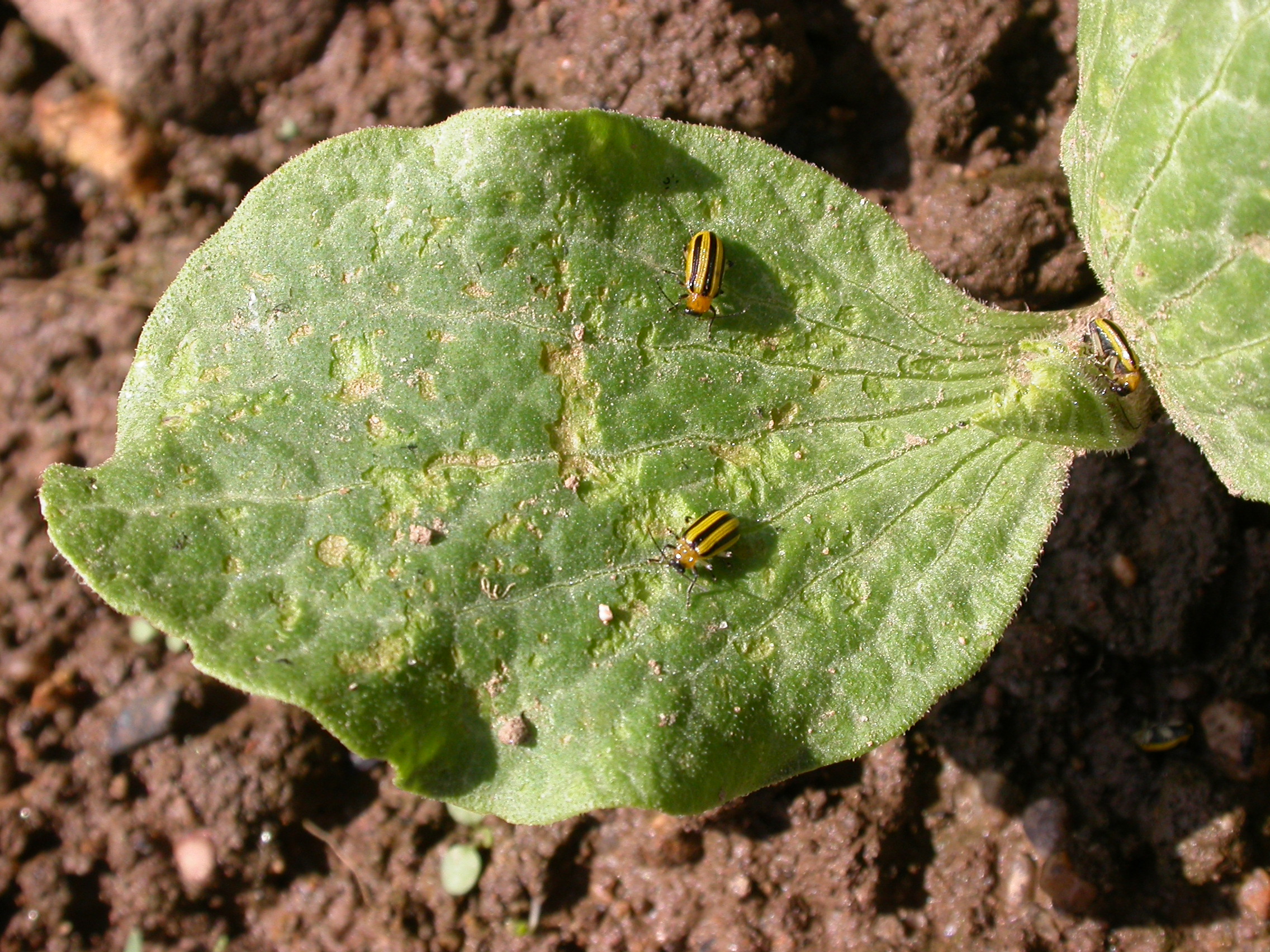
Cucumber beetles are like hungry little bulldozers in your garden. They munch on the leaves of cucumbers, squash, melons, and pumpkins. This constant nibbling can lead to defoliation (leaves disappearing) and stunted growth. Imagine your plants trying to grow with half their leaves missing—it’s tough!
These beetles also have a secret weapon: their larvae. These tiny grubs feast on the roots of your plants, weakening them from below. It’s like the beetles are tag-teaming your crops!
Here’s where things get serious. Cucumber beetles carry a nasty bacterium called Erwinia tracheiphila. When they snack on your plants, they spread this bacterium like a bad rumor.
Once infected, your plants suffer. The bacteria multiply inside the plant’s plumbing system (the vascular system), blocking the flow of nutrients and water. The leaves droop, turn yellow, and—sadly—plants often kick the bucket within weeks. It’s like a plant heart attack!
Bacterial wilt spreads faster than gossip at a family reunion. So, keeping these beetles away is crucial.
Cucumber beetles aren’t satisfied with just bacterial wilt. They’re like the delivery service for plant viruses.
Two notorious viruses they spread are the cucumber mosaic virus and the squash mosaic virus. These viruses mess with your crops’ quality and marketability. Imagine trying to sell wonky-looking cucumbers or squashes—buyers won’t be thrilled!
So, it’s not just about the beetles themselves; it’s about the diseases they carry.
Beetle Battle: Keep an eye out for these little pests. If you spot them, take action!
Natural Allies: Ladybugs, lacewings, and beneficial nematodes are like the Avengers of the garden world. They’ll help you fight the beetles.
Trap ‘Em: Set up traps specifically for cucumber beetles. It’s like inviting them to a party they’ll regret attending.
Cover Up: Use floating row covers to shield your plants. It’s like giving them a cozy blanket to keep the beetles away.
Clay Dusting: Kaolin clay dusting confuses the beetles. They’ll be like, “Wait, is this a cucumber or a clay sculpture?” and move on.
The following table explains about the damage inflicted by cucumber beetles on your garden:
| Type of Damage | Quantitative Impact |
|---|---|
| 1. Feeding Damage | – Consumption of foliage: 25-50% reduction in leaf area. |
| – Tunneling in stems: Up to 25% of stems affected. | |
| 2. Transmission of Disease | – Vector for bacterial wilt and cucumber mosaic virus. |
| – Can lead to total crop loss if disease spreads. | |
| 3. Reduced Yield | – Decreased fruit set and quality. |
| – Yield loss of 20-50% depending on severity. |
Remember, a cucumber beetle invasion isn’t just a garden problem—it’s a full-blown vegetable drama! 🌱🪲🥒
The Agfabric Plant Covers offer reliable protection for your garden against frost, pests, and harsh weather conditions. Made of lightweight yet durable non-woven polypropylene fabric, these covers allow air and moisture to reach your plants while providing essential protection.
They are easy to use and come in various sizes to suit your gardening needs. Users appreciate the effectiveness of these covers in safeguarding their plants, especially during cold temperatures, and the breathable design ensures optimal growing conditions.
However, there are some concerns regarding durability and water permeability, with occasional reports of pieces coming off after cutting and limited water penetration. Overall, the Agfabric Plant Covers are a valuable asset for any gardener looking to protect their crops and extend the growing season.
- Effective Frost Protection: The Agfabric Plant Covers provide excellent protection against frost, keeping plants safe from cold temperatures and frost damage.
- Lightweight and Breathable: Made of 0.55oz/sq non-woven polypropylene fabric, these covers are lightweight and breathable, allowing air and moisture to reach plants while providing protection.
- Versatile Use: Suitable for a variety of plants including fruit trees, vegetables, shrubs, and potted flowers, these covers offer versatile protection against pests, insects, birds, and harsh weather conditions.
- Easy to Use: The floating row cover design makes it easy to install and remove, ensuring convenience for gardeners.
- Durable Material: Constructed from durable woven material, these covers withstand wear and tear, providing long-lasting protection for multiple growing seasons.
- Mixed Durability: While some users find the covers durable and sturdy, others have reported issues with durability over time, indicating mixed opinions on the longevity of the product.
- Thickness Variation: Depending on the size and thickness chosen, there may be variations in the level of protection provided, potentially leading to inconsistent results for different plants and conditions.
- Price: Some users may find the initial cost of the covers relatively high compared to other options, potentially impacting the overall value proposition for budget-conscious gardeners.
- Limited Coverage: Larger garden areas may require multiple covers or larger sizes, leading to additional costs and logistical challenges in covering expansive spaces effectively.
- Handling Cuts: Users have noted that cutting the material may lead to pieces coming off, raising concerns about potential safety hazards and product integrity after customization.
Natural Methods to Prevent Cucumber Beetle Infestations

- Companion Planting Magic:
- Imagine your cucumber plants having superhero buddies. These buddies are radishes, marigolds, and nasturtiums. When you plant them alongside your cucumbers, they emit special odors that cucumber beetles absolutely hate.
- It’s like cucumbers having their own bodyguards—beetle repellent style! 🌼🥒
- Row Covers: The Beetle Blockade:
- Picture this: lightweight fabric covers draped over your cucumber plants. These are like invisible force fields.
- Row covers create a physical barrier, stopping the beetles from laying their eggs on your precious cucumber leaves. No egg parties allowed!
- Bonus: These covers also fend off other pests. It’s like cucumbers getting VIP treatment at the garden club.
- The Pollination Window:
- When your cucumbers start flirting with flowering (yes, they’re romantic like that), remove the row covers.
- Why? Because pollinators—like bees and butterflies—need to visit your flowers. They’re matchmakers, helping cucumbers make baby cucumbers.
- So, uncover those plants and let the pollination dance begin! 🐝🌸
Remember, it’s all about teamwork in the garden. Your cucumbers and their buddies are ready to kick beetle butt! 🌱🪲🌼
Introducing Beneficial Insects to Control Cucumber Beetles
Introducing beneficial insects into your garden can be an effective and organic way to control cucumber beetle populations.

- Ladybugs: The Tiny Heroes:
- Imagine ladybugs as your garden’s secret agents. They’re like tiny superheroes with a big appetite for pests.
- Their favorite snack? Cucumber beetles and their pesky larvae. Ladybugs gobble them up like popcorn at a movie night.
- Fun fact: A single ladybug can devour up to 50 aphids or other small pests in just one day. That’s some serious pest control!
- Release the Ladybugs!:
- You can actually buy ladybugs—yes, they’re available in stores! Garden centers or online suppliers have them.
- When you release them, do it in the evening. Why? Because ladybugs are like party animals who prefer cooler temperatures. They’ll stick around and keep feasting on those beetles.
- No Chemicals Needed:
- Here’s the best part: Ladybugs help you avoid chemical pesticides. They’re like your eco-friendly pest management team.
- So, invite these spotted warriors to your garden—they’ll protect your plants and keep things balanced. 🐞🌼
Remember, ladybugs aren’t just cute; they’re your garden’s undercover defenders! 🌱🪲🌼
Organic Pesticides: An Effective Solution to Combat Cucumber Beetles
Organic pesticides offer a safe and effective solution to combat cucumber beetles in your garden. These pesticides are derived from natural sources such as plants, minerals, and microbes, making them a suitable choice for those who prioritize environmental sustainability and the health of their plants.
- Spinosad: Derived from a soil bacterium, spinosad targets cucumber beetles’ nervous systems, causing paralysis and death. It is effective in reducing beetle populations and preventing crop damage.
- Pyrethrin: Extracted from chrysanthemum flowers, pyrethrin attacks cucumber beetles’ nervous systems rapidly. It is safe for humans, pets, and beneficial insects but should be applied with caution during pollinator activity times.
- Application: Follow manufacturer instructions carefully for dilution rates, application methods, and safety precautions to ensure effective pest control without harming the environment or plants.
- Neem Oil: Neem oil disrupts beetle development, preventing feeding and reproduction. Apply when pollinators are inactive as it can be slightly toxic to bees.
- Trap Crops: Use trap crops to attract cucumber beetles away from main crops, reducing damage. Trap crops can help manage pest populations effectively.
- Mulching: Aluminum-plastic mulch can deter beetles by keeping the soil cool and moist, making it less attractive for egg-laying. Straw mulch may attract natural predators like wolf spiders that feed on cucumber beetles.
By incorporating these strategies and organic pesticides effectively, gardeners can combat cucumber beetles while maintaining a healthy environment for their plants and beneficial insects.
Having used both the Monterey Garden Spinosad Insecticide Spray and the Natria Neem Oil Spray for my plants, I can provide a comparison based on my experience.
The Monterey Garden Spinosad Insecticide Spray proved to be highly effective in controlling a variety of pests such as caterpillars, leafminers, and borers in my garden. Its fast-acting formula was particularly impressive, providing rapid treatment without producing any unpleasant odors. I found it easy to apply with a sprayer, and its organic composition aligned with my preference for natural gardening solutions. However, the price point may be considered slightly high for some users, especially for larger gardens requiring frequent applications.
On the other hand, the Natria Neem Oil Spray offered versatile pest and disease control for both indoor and outdoor plants. Its ready-to-use format made it convenient for immediate application, and I appreciated its multi-purpose functionality as an insect repellent, fungicide, and miticide. While it effectively addressed issues such as aphids and fungal diseases like powdery mildew, I encountered a residual odor after application, which may be off-putting for indoor use. Additionally, the 24-ounce size could be limiting for extensive plant collections, necessitating frequent repurchases.
Overall, both products provided valuable solutions for plant care, each with its own set of benefits and considerations. Depending on specific needs and preferences, gardeners can choose between the targeted efficacy of the Monterey Spinosad Spray or the versatile functionality of the Natria Neem Oil Spray.
✅ Effective Control: This insecticide spray effectively controls a wide range of pests including caterpillars, leafminers, codling moths, tent caterpillars, gypsy moths, trips, borers, and fire ants.
✅ Fast-Acting: It acts rapidly upon application, quickly treating plants without leaving any unpleasant odors behind.
✅ Versatile Application: Suitable for use on various outdoor plants including ornamentals, lawns, vegetables, and fruit trees, offering a broad spectrum of pest control.
✅ Easy to Use: The spray formulation makes it easy to apply with a sprayer, providing convenience for gardeners.
✅ Value for Money: While the initial investment may seem high, the concentration of the product in a gallon size makes it more economical, especially for larger gardens or multiple applications.
❌ Limited Coverage: Depending on the size of the garden and severity of the pest infestation, a gallon may not be sufficient for all gardening needs, potentially requiring multiple purchases.
❌ Chemical Smell: Despite being odorless upon application, some users have reported a chemical smell after prolonged use or in certain weather conditions.
❌ Limited Availability: Availability may be limited in some regions, leading to challenges in purchasing the product when needed.
❌ Potential Health Risks: While marketed as organic, users should still exercise caution during application and follow safety guidelines to minimize exposure and potential health risks associated with any pesticide use.
✅ Multi-Purpose Use: This neem oil spray serves multiple purposes as an insect repellent, fungicide, and miticide, providing comprehensive protection against various pests and diseases.
✅ Ready-to-Use: Conveniently packaged in a ready-to-use spray bottle, it eliminates the hassle of mixing or diluting, allowing for immediate application at the first sign of infestation or disease.
✅ Effective Results: Users report positive results in controlling pests such as ants, aphids, gnats, and other insects, as well as preventing fungal diseases like powdery mildew, rust, and leaf spot.
✅ Preventative Maintenance: Regular application on a 7 to 14-day cycle helps in preventing infestations and diseases, contributing to the overall health and vitality of plants.
✅ Low Risk: With its active ingredient being a clarified hydrophobic extract of neem oil, it poses minimal risk to humans, pets, and beneficial insects when used as directed.
❌ Residual Odor: While neem oil is generally odorless, some users have reported a residual smell after application, which may be undesirable for indoor use or in close proximity to living areas.
❌ Staining Potential: Neem oil can leave stains on certain surfaces or fabrics, so caution is advised during application to avoid damage to clothing or furnishings.
❌ Variable Efficacy: While effective for many users, there are mixed opinions on its efficacy against certain pests like gnats, indicating that results may vary depending on the type and severity of infestation.
❌ Price Point: Despite being relatively affordable, some users may perceive the price as higher compared to other synthetic chemical alternatives, potentially impacting purchasing decisions for budget-conscious consumers.
❌ Non-Returnable: This product is non-returnable, which may be a drawback for those who prefer the option of returning or exchanging products in case of dissatisfaction or issues with performance.
Cultural Practices to Minimize Cucumber Beetle Populations
Cucumber beetles can be a nuisance for gardeners, but there are cultural practices that can effectively minimize their populations.Here is a summary of cultural practices that can help reduce cucumber beetle populations in your garden:
| Cultural Practice | Description |
|---|---|
| Crop Rotation | Rotate cucurbit crops away from last year’s planting site to disrupt the beetles’ life cycle and reduce pest problems. |
| Transplanting | Use transplants instead of direct seeding to avoid exposure to cucumber beetle feeding during susceptible plant stages. |
| Floating Row Covers | Provide reliable defense against cucumber beetles when left in place until flowering begins, but must be removed for pollinators. |
| Perimeter Trap Cropping | Plant attractive trap crops like Blue Hubbard or zucchini around the main crop to draw beetles away from valuable plants. |
| Intercropping | Plant different crops together to create a diverse environment that confuses and deters cucumber beetles. |
| Companion Planting | Use companion plants like nasturtium, marigolds, catnip, radishes, and corn to release chemicals or scents that repel cucumber beetles. |
| Clean Garden Practices | Thoroughly clean the garden at the end of the season to remove debris where cucumber beetles can overwinter, preventing future infestations. |
| Manual Extraction | Handpick beetles off plants to reduce their numbers, although this method may not eliminate all beetles. |
| Neem Oil Application | Use neem oil as a natural insecticide to repel cucumber beetles by disrupting their development and feeding habits. |
By implementing these cultural practices, you can effectively minimize cucumber beetle populations in your garden and protect your crops from damage.
Crop Rotation: A Strategy to Reduce Cucumber Beetle Infestations
Crop rotation is a proven and effective strategy to reduce cucumber beetle infestations in your garden. By diversifying the crops you grow in each planting season, you can disrupt the life cycle of these pests and minimize their populations.Implementing crop rotation is a strategic and effective method to reduce cucumber beetle populations in your garden. Here are the key points to consider in a point manner:
By incorporating proper crop rotation practices into your gardening routine, you can effectively manage cucumber beetle populations and safeguard your crops from their destructive feeding habits.
Companion Planting to Deter Cucumber Beetles

Utilizing companion planting is a popular and effective strategy to deter cucumber beetles from infesting your garden. Here are the key points to consider in a point manner:
- Radish: Plant radishes near cucumbers as they attract cucumber beetles away from cucumbers and act as trap crops, reducing the overall beetle population.
- Tansy: Intercrop tansy with cucumbers to repel cucumber beetles and other harmful insects due to its potent scent, creating a protective barrier for your plants.
- Marigolds, Catnip, Nasturtiums: Consider planting marigolds, catnip, and nasturtiums as companion plants to deter cucumber beetles effectively and add beauty to your garden.
- Companion Plant Benefits: Companion planting not only repels pests but also improves soil health, enhances pollination, and provides a natural defense against voracious pests like cucumber beetles.
- Diverse Plant Selection: Maintaining a variety of companion plants like radishes, tansy, marigolds, catnip, and nasturtiums can create a hostile environment for cucumber beetles and ensure a pest-free cucumber harvest.
By incorporating these companion planting strategies into your gardening practices, you can effectively deter cucumber beetles and protect your crops from their damaging effects.
Monitoring and Early Detection: Key Factors in Managing Cucumber Beetles
The monitoring and early detection of cucumber beetles play a crucial role in effectively managing infestations and minimizing the damage they can cause to your garden. By implementing regular monitoring practices, you can detect the presence of these pests early on and take appropriate measures to control their population before it becomes a severe problem.
visual inspection
One of the most effective methods of monitoring cucumber beetles is visual inspection. Regularly inspect your garden plants, especially cucumber and melon vines, for any signs of feeding damage, presence of eggs, or adult beetles. Look closely at the undersides of leaves, as cucumber beetles often lay their eggs in hidden areas. By spotting the beetles or their eggs early, you can take immediate action to prevent their proliferation. Additionally, keep an eye out for wilting plants, as cucumber beetles can transmit bacterial wilt disease, which can quickly devastate an entire crop.
Watch video for more information:
FAQ
How do cucumber beetles affect my garden?
Cucumber beetles can cause significant damage to your garden by feeding on cucumber plants and spreading diseases. They can stunt the growth of plants, cause wilting, and even kill young seedlings.
What do cucumber beetles look like?
Cucumber beetles are small, yellowish-green beetles with black stripes or spots on their bodies. They have a distinct shape with a slightly elongated body and a small head.
How can I prevent cucumber beetle infestations naturally?
There are several natural methods to prevent cucumber beetle infestations. These include using floating row covers, planting trap crops, applying neem oil or diatomaceous earth, and practicing good garden hygiene.
How can beneficial insects help control cucumber beetles?
Introducing beneficial insects such as ladybugs, lacewings, or parasitic wasps can help control cucumber beetles. These insects prey on the beetle larvae or eggs, reducing their population naturally.
Are organic pesticides effective against cucumber beetles?
Yes, organic pesticides can be effective in combating cucumber beetles. Products containing spinosad or pyrethrin are commonly used to control these pests while minimizing harm to beneficial insects and the environment.
What cultural practices can minimize cucumber beetle populations?
Cultural practices such as removing crop debris, tilling the soil in the fall, and using yellow sticky traps can help minimize cucumber beetle populations in your garden.
How does crop rotation reduce cucumber beetle infestations?
Crop rotation involves planting different crops in different areas each year. By rotating crops, you can disrupt the life cycle of cucumber beetles and reduce their population as they rely on specific plant species for survival.
Can companion planting help deter cucumber beetles?
Yes, companion planting can help deter cucumber beetles. Plants like radishes, nasturtiums, and marigolds can act as natural repellents, making it less likely for the beetles to infest your cucumber plants.
Why is monitoring and early detection important in managing cucumber beetles?
Monitoring and early detection play a crucial role in managing cucumber beetles as it allows you to identify and address infestations before they become severe. By regularly inspecting your plants and using traps, you can take timely action and prevent significant damage.

Studied Agricultural Engineering-Plant Protection at University of California, Davis.
Head of Content writing team at Southelmontehydroponics.com

